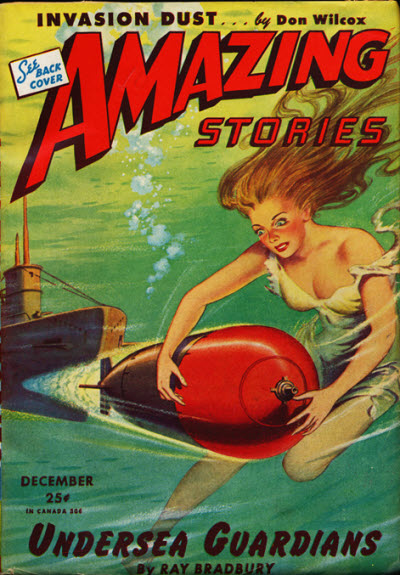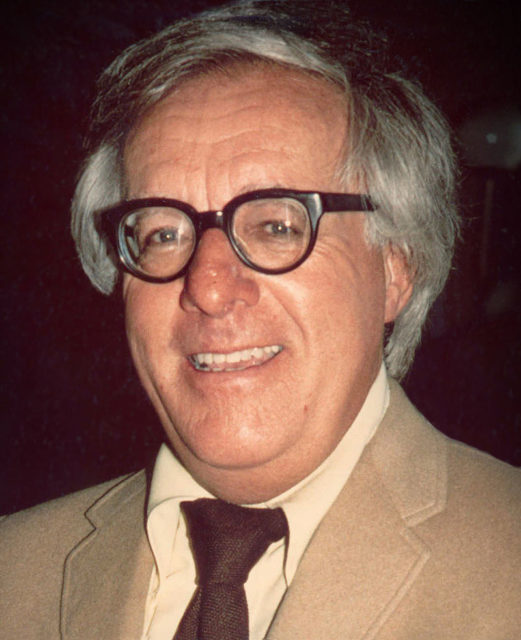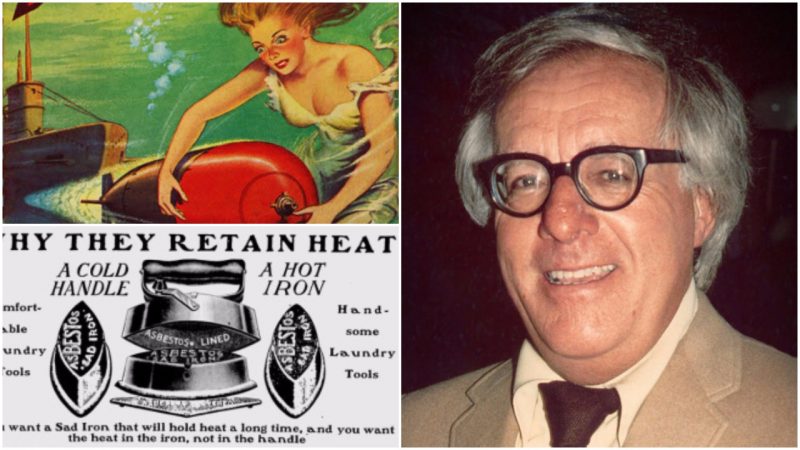The late writer Ray Bradbury is acclaimed for introducing the genre of science fiction to the literary mainstream. During his prolific career, which spanned over 70 years, Bradbury published 11 novels and a number of short stories. Furthermore, he also rose to fame as an illustrator, playwright, and screenwriter; he collaborated with a number of renowned Hollywood producers and wrote screenplays for several cult films, including the 1956 screen adaptation of Moby Dick.
Most of Bradbury’s literary work centers on science fiction and horror: His early stories were inspired by traditional gothic horror classics and paperback science fiction novels such as Edgar Rice Burroughs’ The Warlord of Mars. His later works were heavily inspired by philosophy, cultural and socio-political tremors of the 20th century, and the rapid development of science and technology.

Bradbury’s most famous work, the canonical dystopian novel Fahrenheit 451, was published in 1953. The novel was initially written as a novella titled The Fireman and published in the February 1951 issue of the Galaxy Science Fiction magazine, but a publisher at Ballantine Books convinced Bradbury to double the novella’s length and publish the work as a novel. He wrote the original novella in nine days and needed another nine to double its length: One of the greatest masterpieces of 20th-century science fiction was written in just 18 days.

The novel is set in an unnamed fictional city in a futuristic and dystopian version of the United States. Virtually all books have been outlawed and all educational or intellectual forms of entertainment have been replaced by shallow and mind-numbing television programs. The plot follows Guy Montag, a “fireman” who is tasked with burning the homes and possessions of people who dare to read outlawed books. He gradually realizes that rampant capitalism, globalization, and mass media has brought human civilization to the brink of self-destruction, so he embarks on a crusade with the objective of resetting society and its cultural norms.
The name of the novel, Fahrenheit 451, designates the approximate temperature at which paper auto-ignites. The novel immediately received international critical acclaim, with many critics praising Bradbury’s metaphorical portrayal of the vicious censorship of the McCarthy administration and the nuclear anxiety of the Cold War. In late 1953, a hardback special edition of the novel included 200 signed and numbered copies bound in asbestos. At the time, the harmful properties of asbestos had not yet been discovered and the mineral was praised for its resistance to fire. The special edition was bound in asbestos so that the books wouldn’t burn in case the novel turned out to be a prophetic prediction of the future.

Although the novel promptly achieved cult status, it generated a lot of controversy throughout the second half of the 20th century. Many conservative institutions objected to the book’s graphic violence, vulgar vocabulary, and the obvious critique of American censorship, consumerism, and militarism. For example, in the late 1960s, the novel’s publisher, Ballantine Books, decided to publish a teenager-friendly version of the novel, so the work was subjected to major expurgation.

Words such as hell, damn, and abortion were either removed from the novel or replaced with words that were considered less vulgar. Entire chapters were removed from the novel for being overly disturbing, and new passages of milder content were added. Basically, the novel was subjected to the same censorship which it criticized. This infuriated Bradbury; he stated that he would not tolerate the practice of manuscript mutilation. Supported by many of his readers and members of the international academic community, he forced Ballantine Books to stop printing the purged version of the novel in 1973.
Nowadays, Fahrenheit 451 is regarded as one of the best science fiction novels ever written. It inspired numerous writers and artists to envision their own versions of a dystopian future and sparked debates on the possible grave consequences of neoliberal capitalism.
